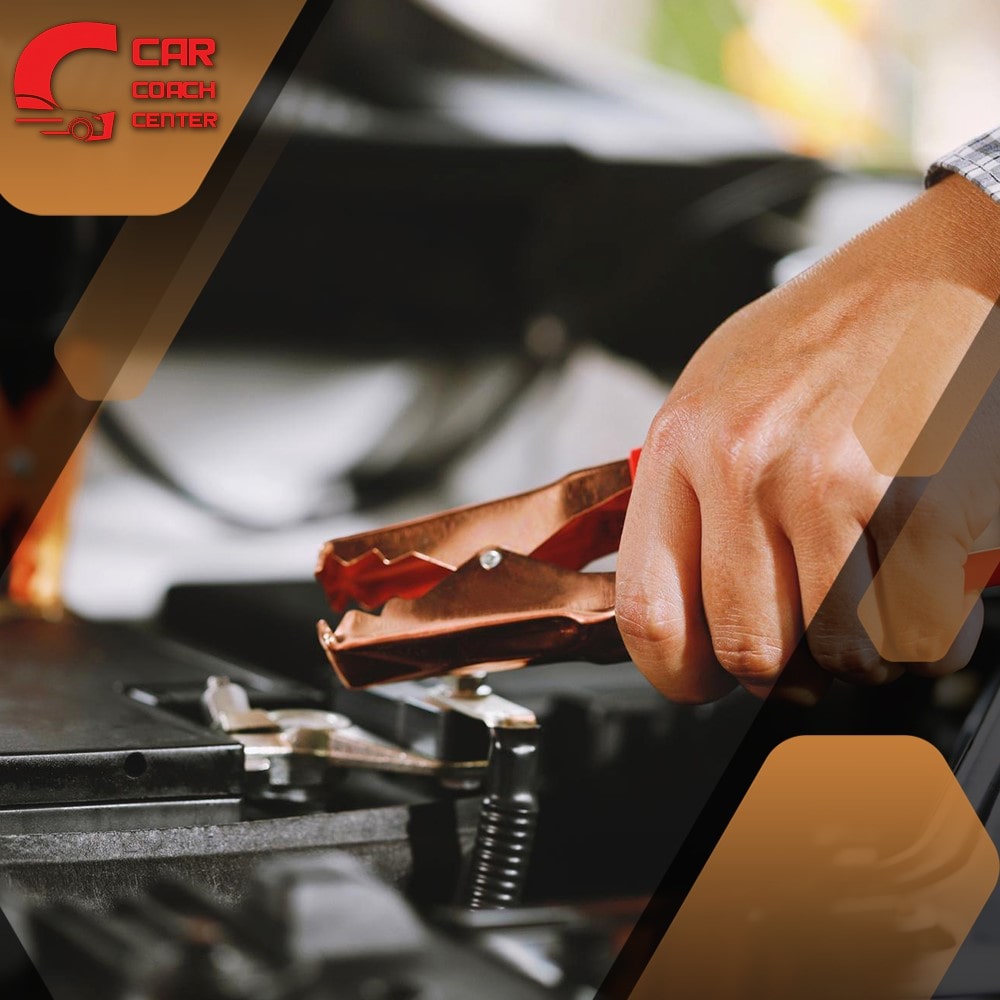Car Shudders When Idle: Causes and Solutions
Car shuddering when idle can be a frustrating issue to deal with. Not only is the constant shaking annoying, but it can also indicate underlying problems with your vehicle. In this comprehensive guide, we will explore the various causes of car shuddering when idle and provide practical solutions to help you resolve the issue.
From examining motor mounts and spark plugs to addressing loose vacuum hoses and dirty throttles, we will cover it all. So, let’s get started and find out why your car shudders when idle and how to fix it.
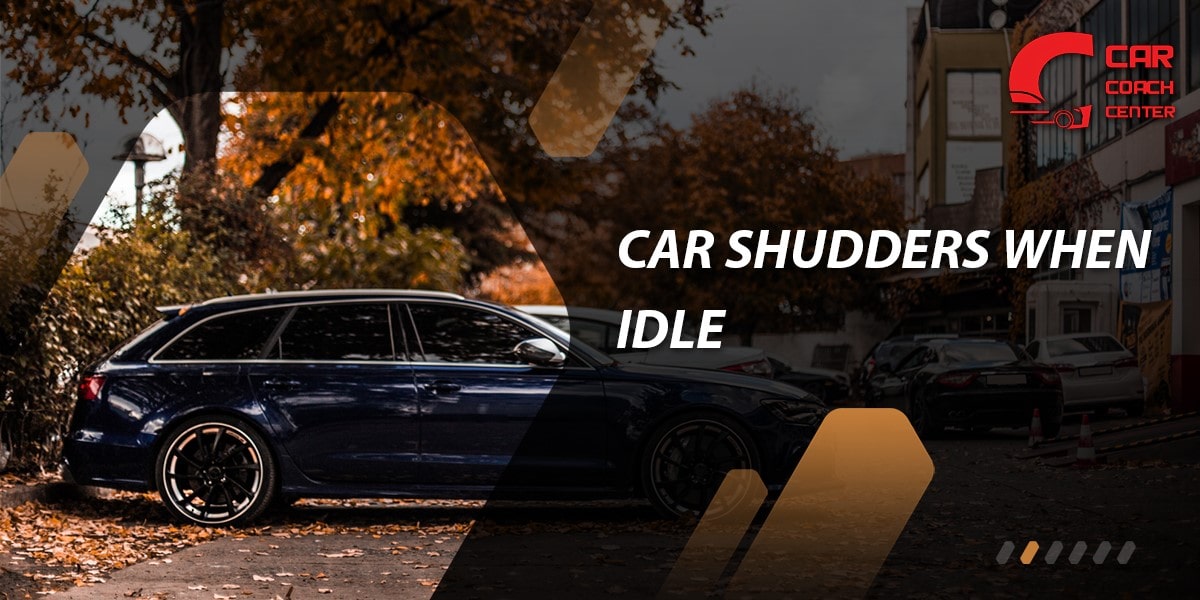
Car shuddering when idle is a common problem that many car owners experience. It can be a result of various issues within the vehicle’s engine and components. Understanding the causes behind this issue is crucial in order to address and resolve the problem effectively.
In this guide, we will delve into the different factors that can lead to car shuddering when idle and provide step-by-step solutions to fix the issue. By following our recommendations, you can restore the smooth operation of your car and enjoy a comfortable driving experience.
Understanding Car Shuddering When Idle
Car shuddering when idle refers to the noticeable vibrations or shaking of a vehicle’s engine when it is in a stationary position, such as when the car is at a stoplight or in park. This issue is particularly noticeable and can be a cause for concern, as the engine should ideally run smoothly without any noticeable vibrations. When a car shudders when idle, it can indicate underlying problems that need to be diagnosed and resolved to prevent further damage to the vehicle.
Causes of Car Shuddering When Idle
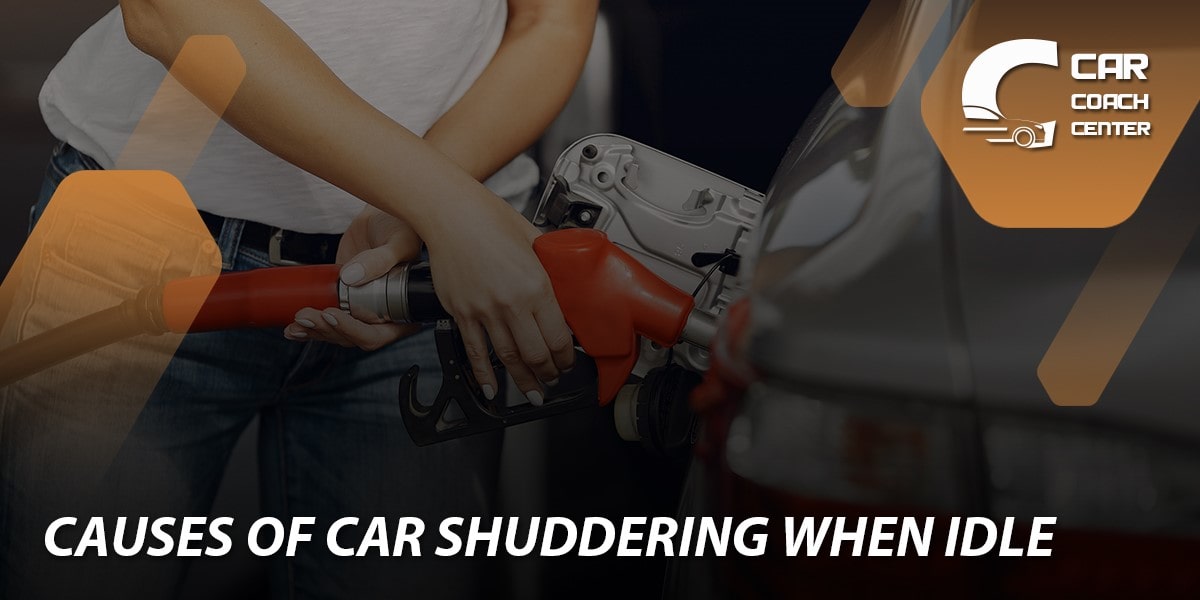
There are several potential causes for car shuddering when idle. Understanding these causes can help you pinpoint the issue and take appropriate measures to fix it. Let’s explore the most common culprits behind car shuddering when idle:
Defective Motor Mounts
Motor mounts play a crucial role in securing the engine to the car’s frame and reducing vibrations. When motor mounts become worn out or broken, they fail to provide proper support and cushioning, resulting in increased engine vibrations. This can lead to noticeable shaking when the car is idle. Replacing defective motor mounts is essential to restore the stability of the engine and eliminate car shuddering when idle.
Bad Spark Plugs
Spark plugs are responsible for igniting the air-fuel mixture in the combustion chamber of the engine. When spark plugs become dirty or worn out, they can cause misfires, resulting in uneven engine performance and increased vibrations. Replacing bad spark plugs with new ones can improve combustion efficiency and reduce car shuddering when idle.
Faulty Gas Caps
Gas caps are essential for maintaining proper pressure within the fuel tank and preventing fuel evaporation. When gas caps are faulty or loose, they can disrupt the fuel system’s functionality and lead to engine vibrations. Ensuring that the gas cap is tightly sealed or replacing a faulty one can help resolve this issue.
Malfunctioning Position Sensors
Position sensors, such as the crankshaft position sensor and camshaft position sensor, provide crucial information to the engine control unit (ECU) about the position and speed of various engine components. When these sensors malfunction, they can send inaccurate data to the ECU, resulting in engine misfires and vibrations. Replacing or repairing malfunctioning position sensors can help eliminate car shuddering when idle.
Weak Oxygen Sensors
Oxygen sensors monitor the oxygen levels in the exhaust gases and provide feedback to the ECU for optimal fuel-air mixture control. When oxygen sensors become weak or malfunction, they can cause an imbalance in the fuel-air mixture, leading to engine misfires and vibrations. Replacing weak oxygen sensors can restore proper fuel-air mixture control and reduce car shuddering when idle.
Loose Vacuum Hoses
Vacuum hoses play a vital role in the proper functioning of various engine components, such as the fuel injectors and intake manifold. When vacuum hoses become loose or disconnected, they can cause air leaks, resulting in engine misfires and vibrations. Ensuring that vacuum hoses are securely connected can help resolve this issue.
Loose Battery Cables
Battery cables are responsible for transmitting electrical power from the battery to the various electrical components of the vehicle. When battery cables become loose or corroded, they can disrupt the electrical system’s functionality and lead to engine vibrations. Tightening or replacing loose battery cables can help eliminate car shuddering when idle.
Dirty Throttle
The throttle body controls the amount of air entering the engine. When the throttle body becomes dirty or clogged with carbon deposits, it can disrupt the proper airflow and lead to engine misfires and vibrations. Cleaning the throttle body can improve airflow and reduce car shuddering when idle.
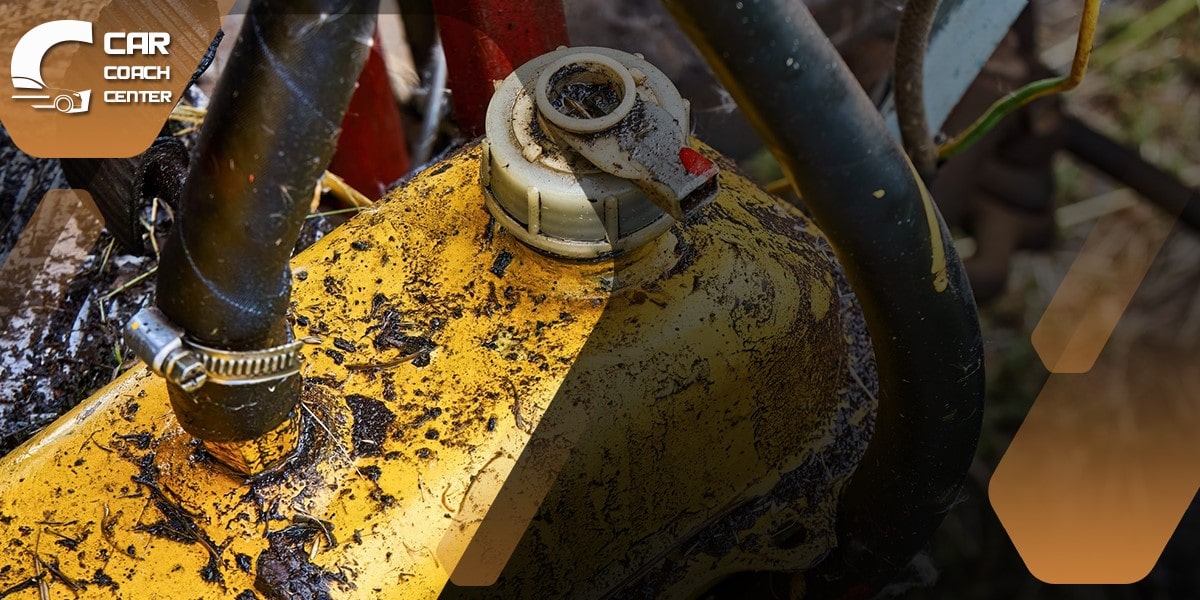
Bad Throttle Sensor
The throttle sensor provides feedback to the ECU about the position of the throttle plate. When the throttle sensor malfunctions, it can send incorrect signals to the ECU, resulting in improper fuel-air mixture control and engine vibrations. Replacing a faulty throttle sensor can help resolve this issue.
In the next section, we will discuss how to diagnose car shuddering when idle and identify the specific cause of the issue.

Diagnosing Car Shuddering When Idle
Diagnosing car shuddering when idle requires a systematic approach to identify the underlying cause accurately. Here’s a step-by-step guide to help you diagnose the issue effectively:
Visual Inspection
Start by visually inspecting the engine compartment for any obvious signs of damage or loose components. Check for loose or disconnected hoses, damaged motor mounts, and corroded battery cables.
Checking Motor Mounts
Inspect the motor mounts for signs of wear, damage, or breakage. Look for cracks or excessive movement in the mounts. If any issues are detected, replacement may be necessary.
Examining Spark Plugs
Remove the spark plugs and inspect them for signs of fouling, excessive wear, or damage. Worn-out or dirty spark plugs should be replaced with new ones.
Inspecting Gas Caps
Check the gas cap for proper sealing. Ensure that it is tightly secured and free from any cracks or damage. Replace a faulty gas cap if necessary.
Testing Position Sensors
Use diagnostic tools to test the functionality of position sensors, such as the crankshaft position sensor and camshaft position sensor. Replace or repair any malfunctioning sensors.
Evaluating Oxygen Sensors
Test the oxygen sensors to ensure they are functioning properly. Replace weak or malfunctioning oxygen sensors as needed.
Verifying Vacuum Hoses
Inspect the vacuum hoses for any signs of looseness, disconnection, or damage. Reconnect or replace any faulty hoses to eliminate air leaks.
Ensuring Battery Cable Connections
Check the battery cable connections for tightness and corrosion. Clean or replace loose or corroded battery cables.
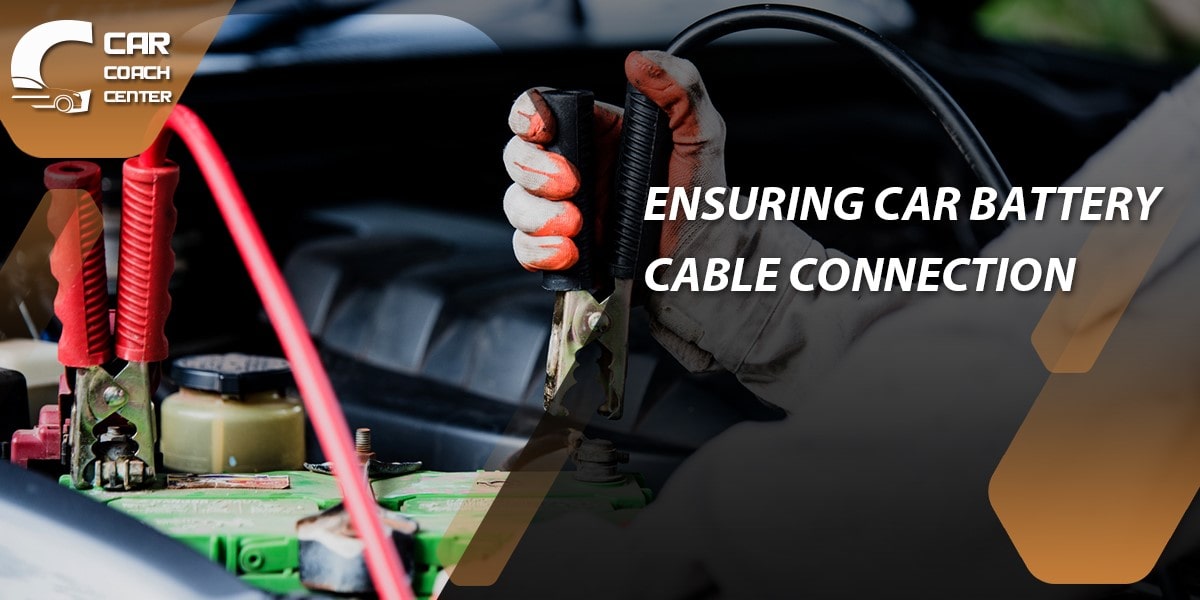
Cleaning Throttle Body
Remove the throttle body and clean it thoroughly to remove any carbon deposits or dirt. Ensure proper airflow after cleaning.
Testing Throttle Sensor
Use diagnostic tools to test the functionality of the throttle sensor. Replace a faulty throttle sensor if necessary.
By following these diagnostic steps, you can identify the specific cause of your car shuddering when idle and proceed with the appropriate solution. In the next section, we will discuss the solutions for car shuddering when idle in detail.
Solutions for Car Shuddering When Idle
Once you have identified the cause of your car shuddering when idle, it’s time to implement the necessary solutions. Here are the recommended solutions for the most common causes of car shuddering when idle:
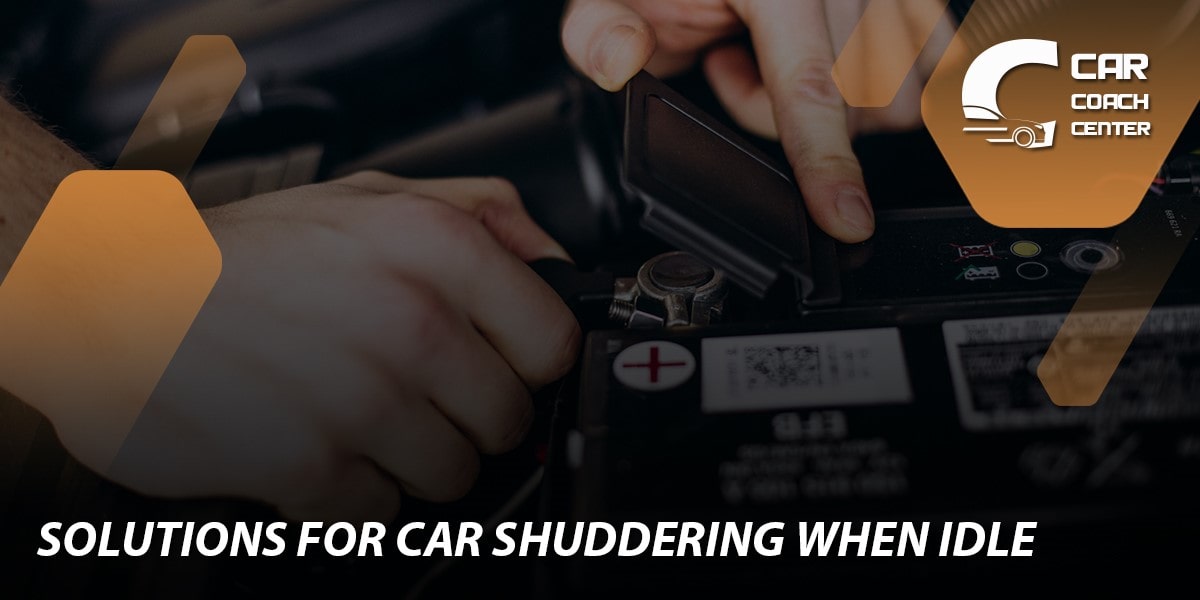
Replacing Broken Motor Mounts
If you have identified broken or worn-out motor mounts as the cause of car shuddering when idle, replacing them is essential. Consult a professional mechanic to ensure proper installation.
Changing Worn-out Spark Plugs
Replace worn-out or dirty spark plugs with new ones to improve combustion efficiency and reduce vibrations. Follow the manufacturer’s recommendations for the appropriate type and gap of spark plugs.
Tightening or Replacing Faulty Gas Caps
Ensure that the gas cap is tightly sealed to maintain proper pressure within the fuel tank. If the gas cap is faulty, replace it with a new one to prevent fuel system issues.
Repairing or Replacing Malfunctioning Position Sensors
For position sensors that are malfunctioning, consult a professional mechanic for repair or replacement. Proper functionality of these sensors is crucial for smooth engine operation.
Replacing Weak Oxygen Sensors
Replace weak or malfunctioning oxygen sensors to restore proper fuel-air mixture control. Consult a professional mechanic for proper installation and calibration.
Securing Loose Vacuum Hoses
Reconnect or replace any loose or disconnected vacuum hoses to eliminate air leaks. Properly secured vacuum hoses ensure optimum engine performance.
Tightening Battery Cable Connections
Ensure that the battery cable connections are tight and free from corrosion. Clean or replace loose or corroded battery cables to maintain proper electrical connections.
Cleaning Throttle Body
Remove the throttle body and clean it thoroughly to remove carbon deposits or dirt. Properly cleaned throttle body improves airflow and reduces vibrations.
Replacing Bad Throttle Sensor
If the throttle sensor is faulty, replace it with a new one to ensure accurate throttle position feedback. Consult a professional mechanic for proper installation and calibration.
By implementing these solutions, you can effectively address the underlying causes of car shuddering when idle and restore the smooth operation of your vehicle.
For more information and helpful tips on car maintenance and repairs, visit carcoachcenter.com.
Conclusion
Car shuddering when idle can be a frustrating issue, but with the right diagnosis and solutions, it can be resolved effectively. By understanding the causes behind this problem, such as defective motor mounts, bad spark plugs, or loose vacuum hoses, you can take the necessary steps to fix them. Regular maintenance and inspections can help prevent car shuddering when idle in the future. If you’re unsure about diagnosing or fixing the issue yourself, consult a professional mechanic for assistance. Remember, a smooth-running car leads to a comfortable and enjoyable driving experience.
Why does my car shake when idle?
Car shaking when idle can be caused by various factors, such as defective motor mounts, bad spark plugs, loose vacuum hoses, or malfunctioning sensors.
Can a dirty throttle cause car shuddering when idle?
Yes, a dirty throttle can disrupt the proper airflow into the engine, leading to engine misfires and vibrations. Cleaning the throttle body can help resolve this issue.
How do I know if my motor mounts are broken?
Signs of broken motor mounts include excessive engine movement, visible cracks or damage in the mounts, and increased vibrations.
Can loose vacuum hoses cause car shuddering when idle?
Yes, loose or disconnected vacuum hoses can cause air leaks, leading to engine misfires and vibrations.
What should I do if my spark plugs are worn out?
If your spark plugs are worn out, replace them with new ones that are compatible with your vehicle's specifications.
How can I clean my throttle body?
To clean the throttle body, remove it from the engine and use a throttle body cleaner to remove carbon deposits and dirt.

